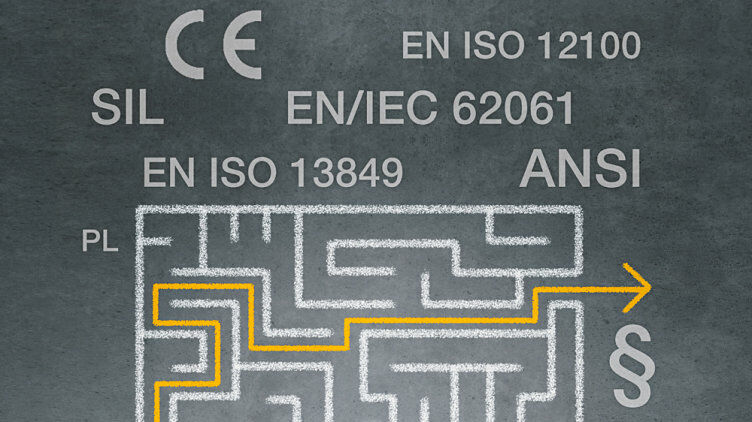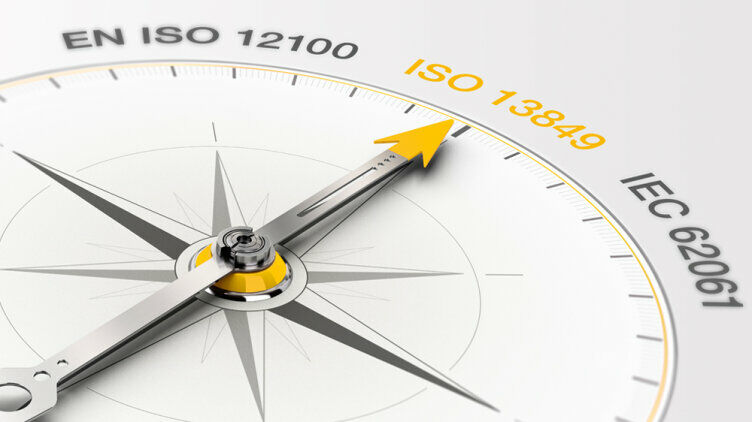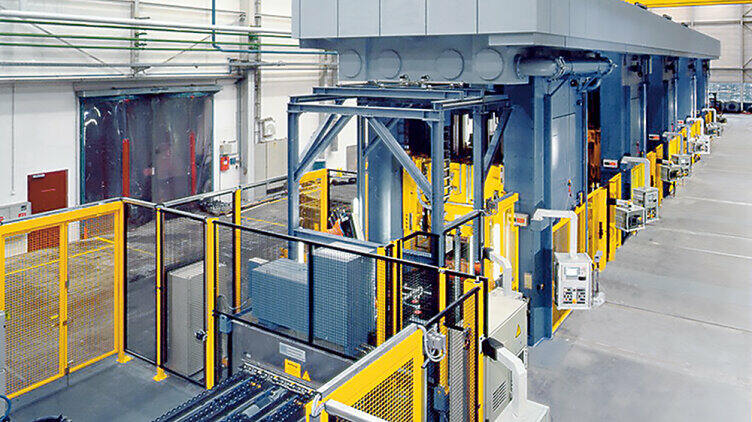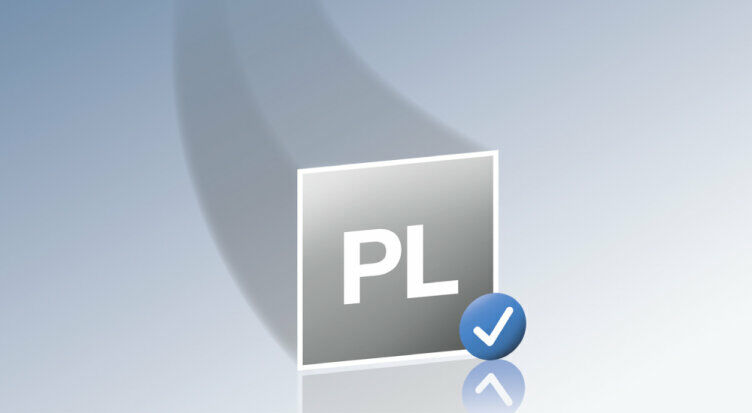The causes of hazards and therefore the technical measures applied to avoid them can vary widely. As a result, different types of safety are differentiated, by the cause of potential hazards for example.
“Functional safety” is the term used when safety depends on the correct function of a control system.
Risk assessment plays a central role with regard to functional safety requirements. The steps you need to consider when assessing and reducing risk on machinery come from the standard EN ISO 12100. The evaluation and verification of safety functions are the prevail of the standards EN ISO 13849 and EN IEC 62061, provided the required safeguarding is dependent on a control system. The safety integrity requirements (PL, SIL) are derived from the risk estimation.







